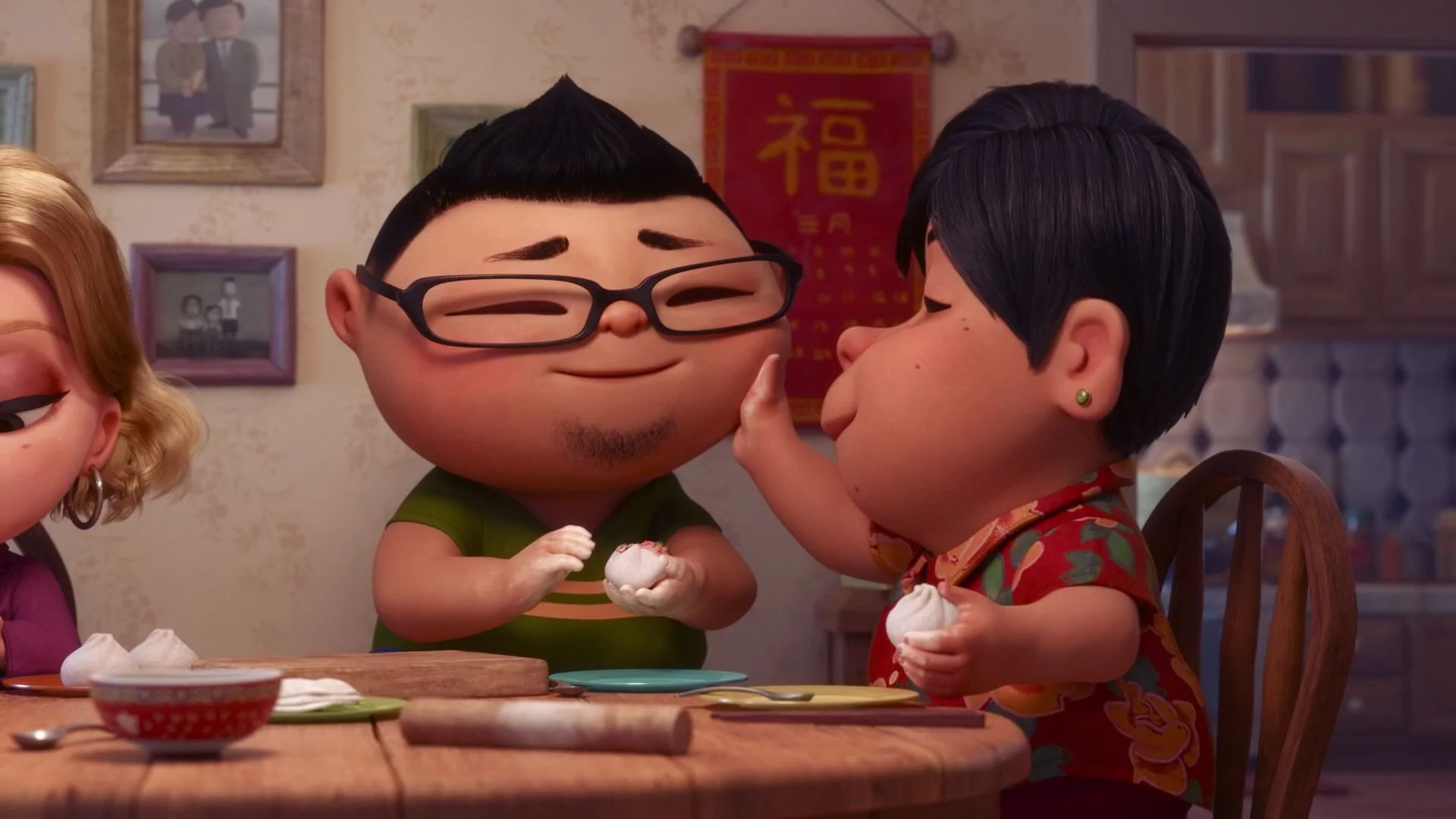Roald Dahl: 3 Tips to Reinvigorate Your Storytelling
“Ideas come from tiny germs and you rattle it around and hope for the best and build up a story.”
If you’ve ever read a Roald Dahl story, you’ll know how off-the-wall the plots and characters can be.
If you haven’t, you may have seen a film adaptation (they’re pretty famous) - Charlie and the Chocolate Factory 🍭 Matilda 📚 or James and the Giant Peach 🍑 for example.
Either way, the wonder Dahl’s stories inspire in generations of youths is uniquely his own.
While I can’t tell you how to write like him - I’d be a lot richer if I knew - we can go through some of the techniques he employed to find inspiration and get the ideas for his tales flowing.
Collect more than just vague ideas.
We’ve all been guilty of having an idea, writing it down for later and then never using it.
Having the gist of an idea put down somewhere does not a story make. Harsh truth, but 🤷🏻♀️ sue me.
Try taking a leaf out of Dahl’s book and collect other types of prompts. He had the habit of collecting photos of people to use as inspiration for his characters. He would also collate random facts and names, and kept a list of made-up words and gibberish (a trademark element of his fiction).
“I also find it useful to jot down interesting facts that I come across and that might be useful for my future work. On the inside of the back cover of my notebooks there is a chart listing the number of breaths per minute and heartbeats per minute of various animals. ”
Don’t go for the ordinary.
Being an author wasn’t Dahl’s first, or only, ambition.
While, yes, it can be great to take inspiration from your surroundings they need to be interesting surroundings. Dahl had the experience of a fighter pilot, diplomat and intelligence officer as well as being an author.
Diversifying your inspirations lets your creations breathe new air. 🌬
Take an idea further than you think is ‘realistic’, because realism doesn’t always make for the most engaging story! The fact giants don’t exist (apparently 👀) doesn’t make The BFG any less enjoyable, but more so!
Fantasy is a realm that can be imbued with as much reality as YOU want to put into it.
“ The wilder the better. You must always go a bit further than you initially meant to go.”
Rewrite your draft.
This is not a suggestion.
I implore you, rewrite your draft. 🥺
If Roald Dahl completely rewrote Charlie and the Chocolate Factory several times because his nephew didn’t like it the first time, it really couldn’t hurt to take a critical eye to your own story.
If you can’t find one thing that could be better after another pass, I’ll eat this post. (It’ll be hard, like picking apart your idea, but I’ll find a way and so should you.)
“You’ll find when you rewrite you pick out the best material from what you have written.”
Hopefully, these tips will help you to engage with your inner storyteller and crack out something awesome 💥.
Dahl’s style isn’t for everyone, so twist his tricks until they work for you or find a style that’s totally your own!
A great way to get started with finding your voice is with our Storytelling course (with Cannes Lions). Check it out!





